After years of delays, Boeing finally launched its new spacecraft, the Starliner, with two seasoned astronauts aboard. The rocket is meant to deliver people and cargo to the International Space Station (ISS).
However, after the craft first launched on June 5, immediate problems became unavoidable. A known helium leak and other software issues forced the two professionals to delay their return trip home three times now.
The Plan for the Original Mission

At first, the mission was meant to last only eight days in space, including take-off and descent. However, more than three weeks have passed since the two astronauts took off from Earth, and experts now say they cannot ensure an exact return date.
After reaching the ISS safely, the team was told to stay put and wait for instruction with crews on the ground worked on permanent solutions for the return trip home.
The Delay of the Launch
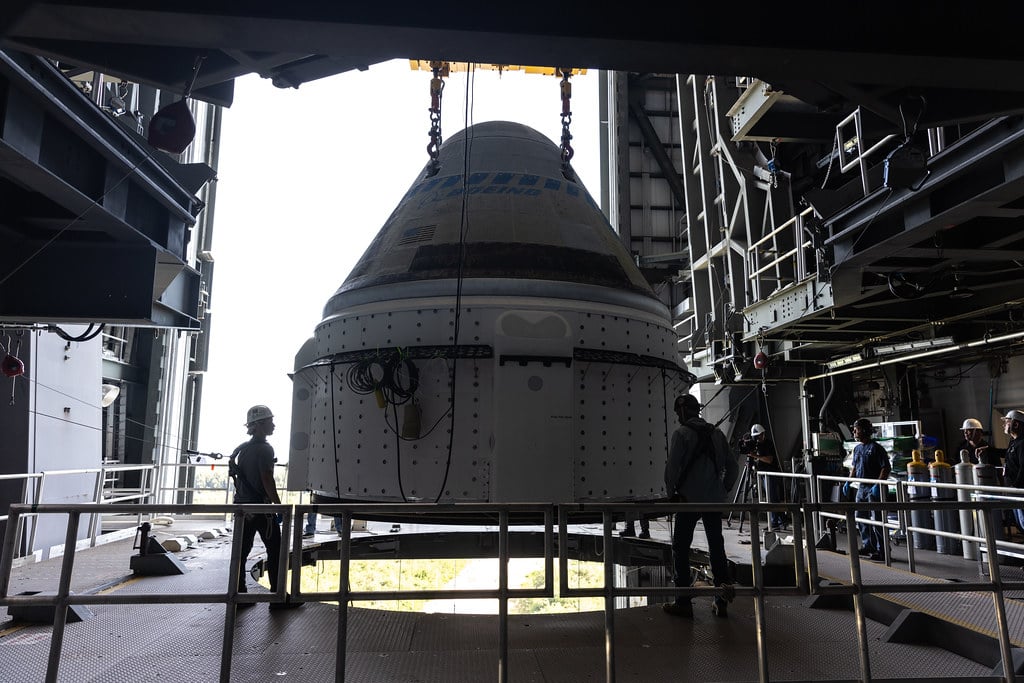
Multiple problems delayed the spacecraft’s launch. Luckily, the two astronauts onboard during these issues did not face these critical issues when they were sent into space.
Boeing and NASA knew about the helium leak and other software issues. Despite this, they sent the two astronauts to the ISS, where they remained.
The Return Trip Home has Been Pushed Back Three Times
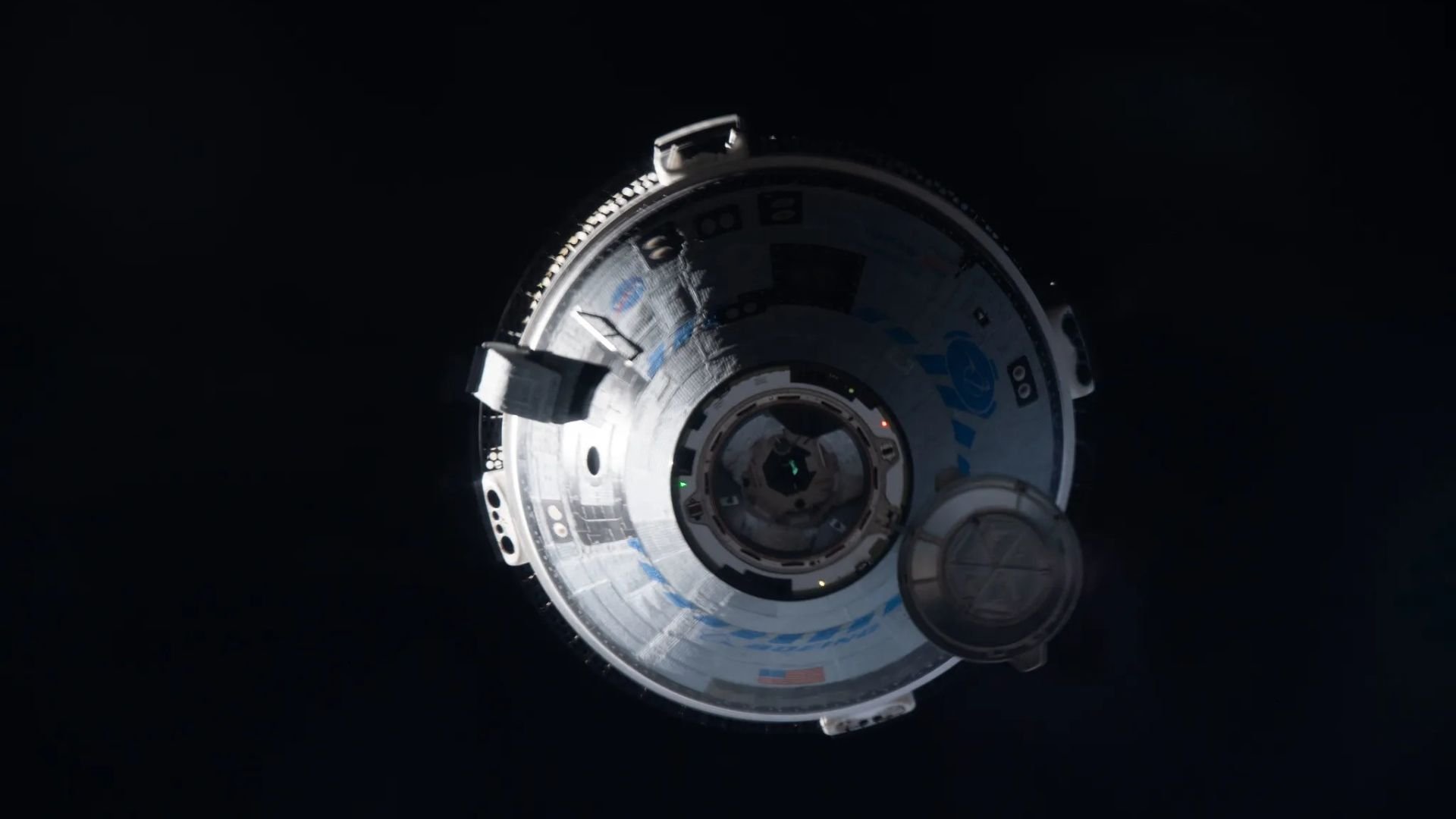
After having their return trip home pushed back multiple times, the astronauts on board learned that they would be forced to reschedule a third time.
The issue of returning in the Boeing craft lies in multiple helium leaks, dead manoeuvering thrusters, and a failed propellant valve. Teams in Houston at NASA headquarters home to give the team a clear return date with solutions to fix the ongoing issues.
Who Are the Astronauts on Board?
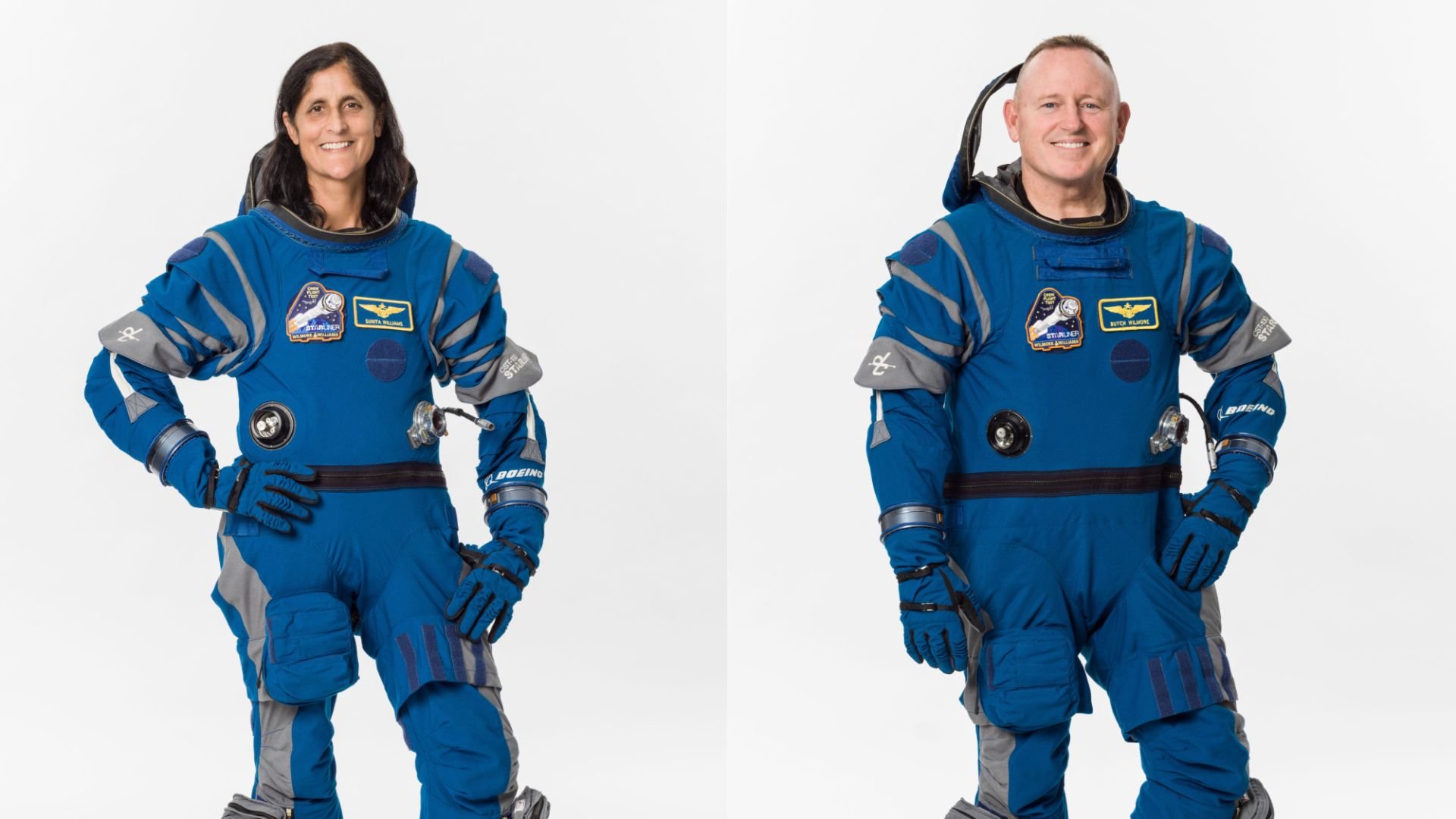
The two seasoned astronauts are aware of the risks of interstellar travel.
Suni Williams is an American astronaut and US Navy officer who held the record for most spacewalks for a woman. Her teammate, Butch Wilmore was previously a US Navy test pilot and has been to space on three separate occasions since 2009.
When Will The NASA Astronauts Return to Earth?
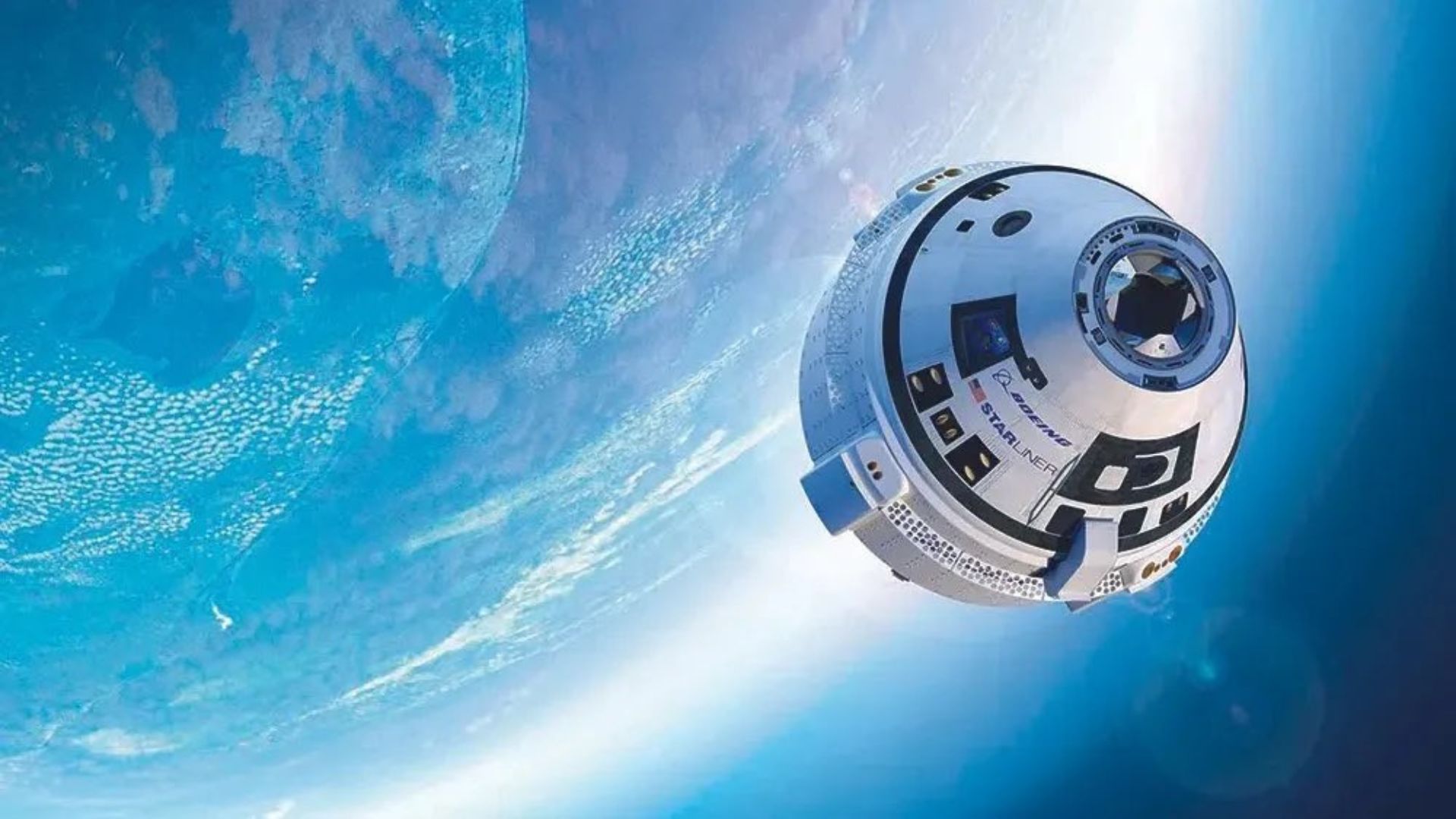
Although the team is already well past their date of return, they still don’t know exactly when they can come back to Earth.
The Starliner rocket built by Boeing can be docked at the ISS for 45 days. According to NASA’s commercial crew manager, Steve Stich, the Harmony module attached to the rocket has limited fuel. The cut-off is July 21 – as of now, the expected arrival date is around July 6 – leaving them only a few days of leeway.
The Ongoing Issues With Starliner
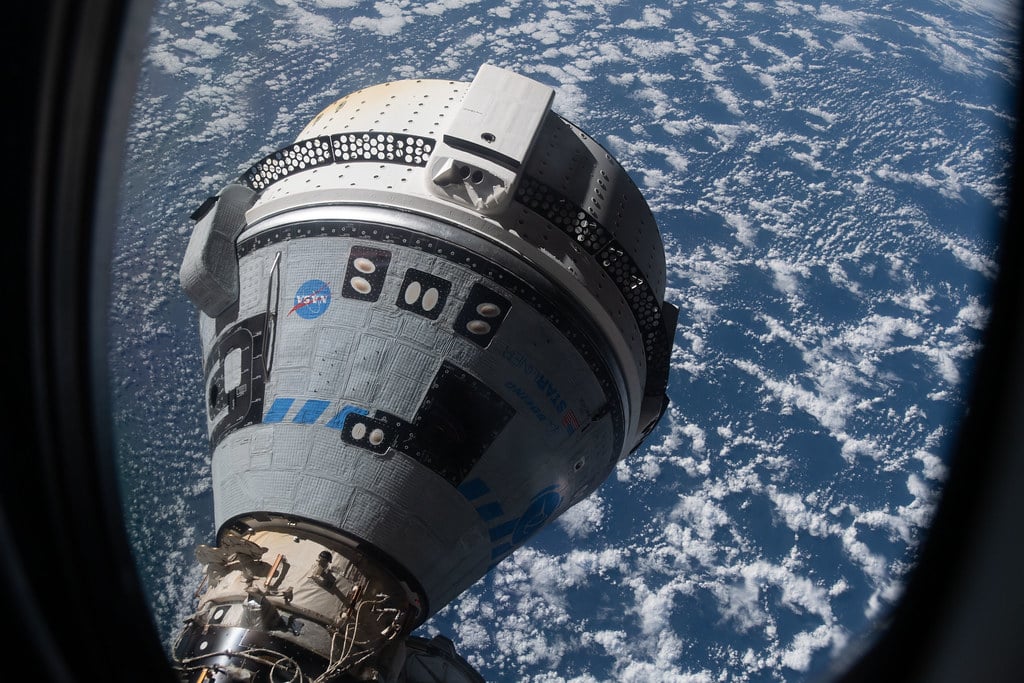
According to Phys, four of the tiny engines that direct the craft in space are now working properly, but the engineers don’t have a clear understanding of what caused the issue in the first place.
NASA’s White Sands Test Facility in New Mexico is conducting ground tests to put Starliner thrusters through its paces in a replicated space environment to discover what caused the issue.
That Pesky Helium Leak

The launch delay will also allow engineers to study the helium leak in the capsule’s propulsion systems, which was first detected before launch and worsened as the spacecraft made its way up to the space station.
The helium pressurizes the Starliner’s propulsion system, aiding the spacecraft’s journey back to Earth.
There Are Emergency Back up Provisions on Board
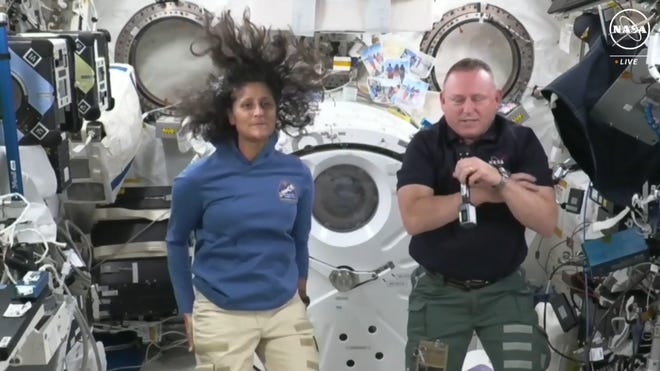
In the case of an emergency such as this one, NASA has already planned for extreme measures. If officials cannot fix the issues in time, the spacecraft can be docked for up to 72 days while relying on various backup systems.
The extra time would mean that Williams and Wilmore could return as late as August 17.
Starliner Can Stay In Space for Six Months
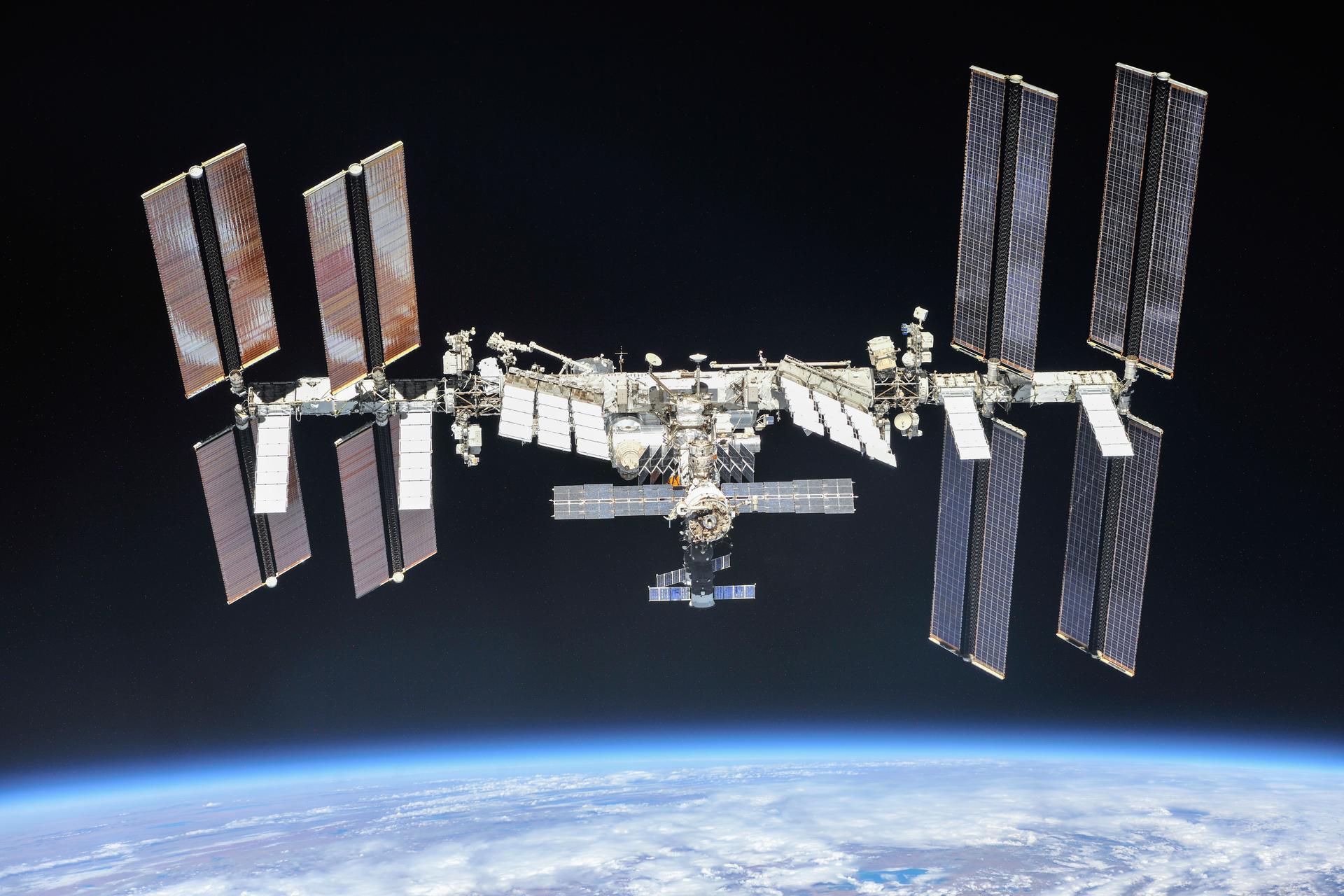
The additional Operational Checkout Capabilities (OCC) added to the spacecraft during testing included tablets and procedure updates. These camera and tablet batteries charge while the spacecraft is fully powered.
Before the launch, NASA claimed the batteries would last 45 days but should endure another 45 days. On regular missions to service the station, Starliner would stay docked for six months.
A Back-Up Plan
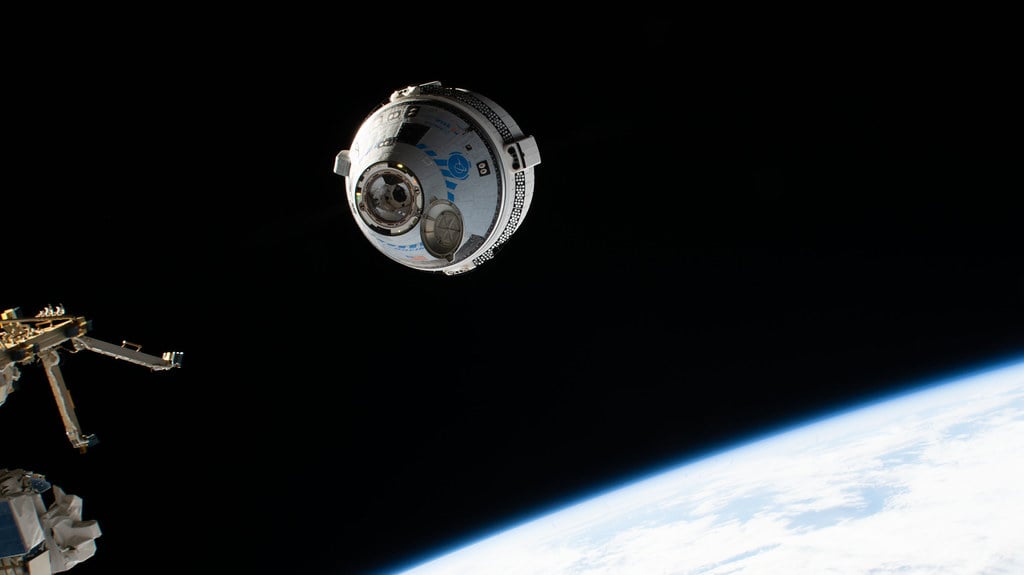
Boeing and NASA are stressing to the public that the two astronauts are not stranded in space. In case of an emergency, the astronauts could board the Starliner and return to Earth.
“We’re not stuck on the ISS. The crew is not in any danger, and there’s no increased risk when we decide to bring Suni and Butch back to Earth,” said Mark Nappi, manager of Boeing’s Commercial Crew Program.
Starliner Is Healthy
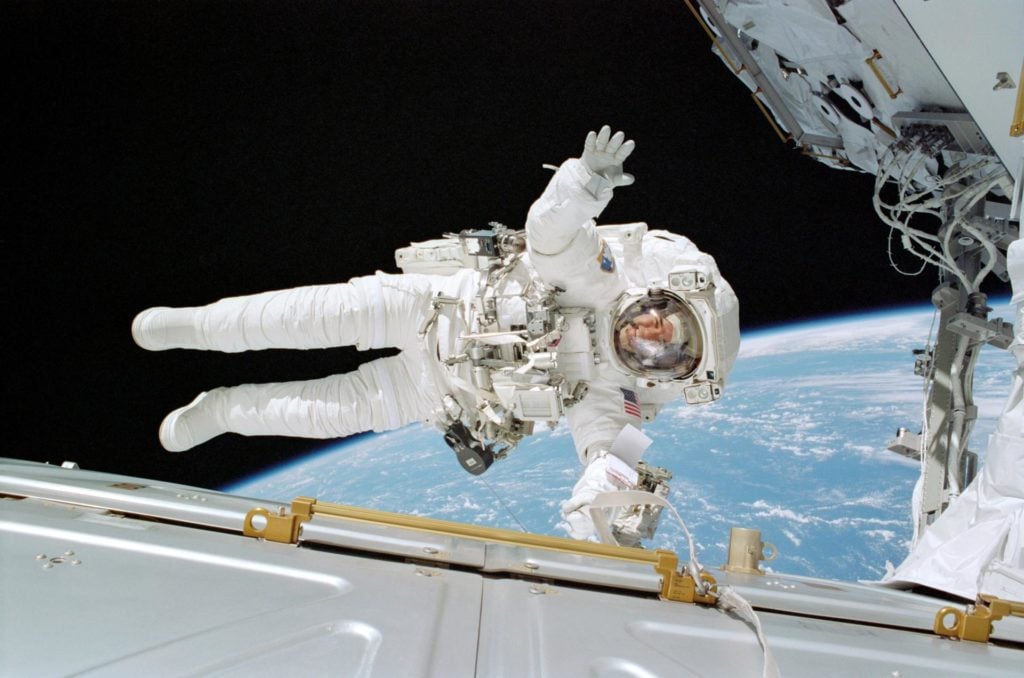
“We updated some products on board to support the continued docked duration through the month of July and through the higher positive beta periods we are approaching,” said Chloe Mehring, the Starliner flight director who coordinated the power-up actions with Wilmore and Williams.
“Starliner is healthy and no anomalies were written against the spacecraft.”
Using the Luxury of Time
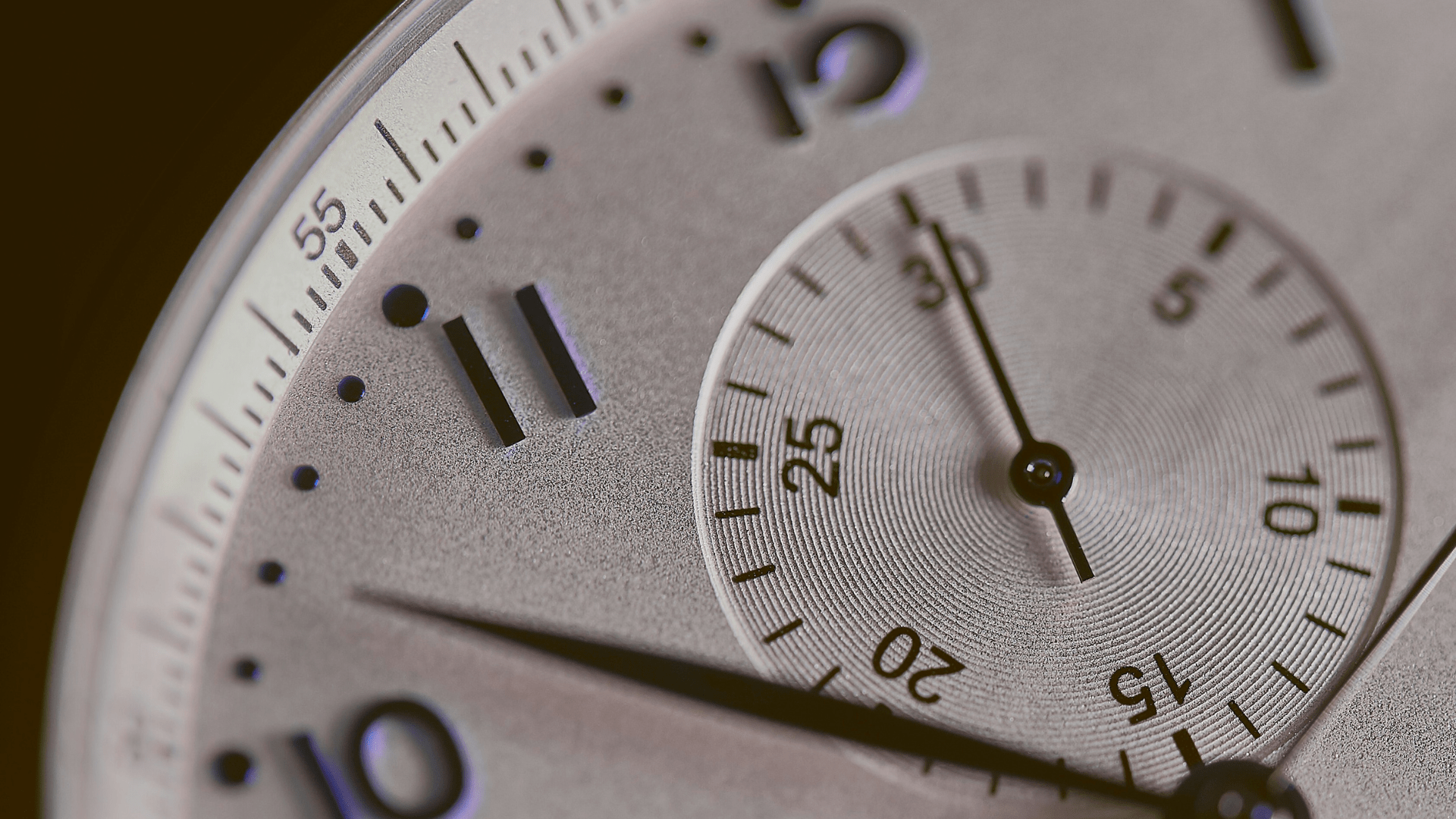
Ken Bowersox, an associate administrator at NASA, says that they are using “the luxury of time” that the delay of the astronaut’s return has provided to allow the team in space to collect more data.
The crew is conducting mission data loads, or MDLs, which are files for the spacecraft’s computer to understand current inertial and relative navigation states, Earth rotation, and thermal conditioning on thrusters used during Starliner’s return, and more.
What Went Wrong With the Boeing Starliner?
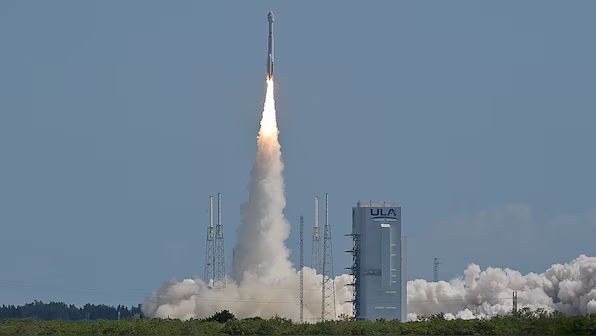
To get back to Earth safely, the Starliner’s propulsion system will need to be fixed in time. The propulsion system is needed to back the capsule away from the ISS and steer it in the correct direction. Otherwise, the astronauts inside would have no steering system.
During the ascent to the docking station, the Starliner experienced several issues, including thrusters overheating and leaking helium in the hull. Stich says that back in Houston, they have performed several tests on docked thrusters, and they believe they can talk Williams and Wimore through a repair.
Boeing in for Another PR Disaster
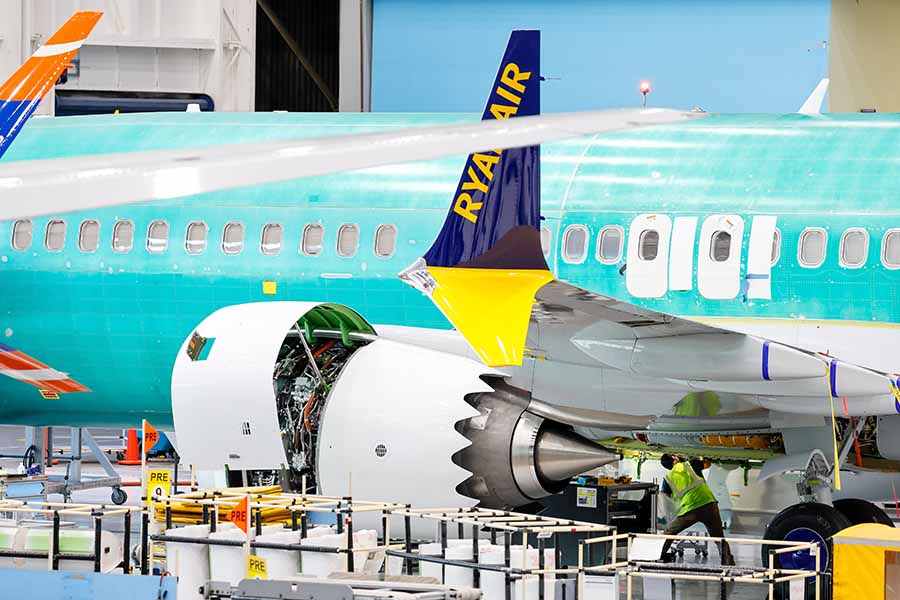
In the past year, Boeing has been dealing with a whistleblower trial, which came from claims that in a factory building plane, they intentionally missed essential safety checks. In the following months, two of the whistleblowers involved in the case wound up dead, casing some harsh claims for the company.
Teams with NASA and Boeing are working diligently to solve the issues being experienced on board the Starliner. To fix their reputation, many people say that Boeing needs to step up and help resolve the issue to safely deliver the astronauts home from their 6-hour journey from the ISS.
Are the Astronauts Truly Trapped in Space?

Although the situation seems dire, the two astronauts could safely return to Earth even if the propulsion system cannot be repaired. The capsule can serve as an escape pod in case of an emergency.
Another option would be to send a SpaceX Crew Dragon capsule to pick them up. In March, the capsule was able to safely ferry four astronauts to the station.
The Last Time Astronauts Needed a Ride Home
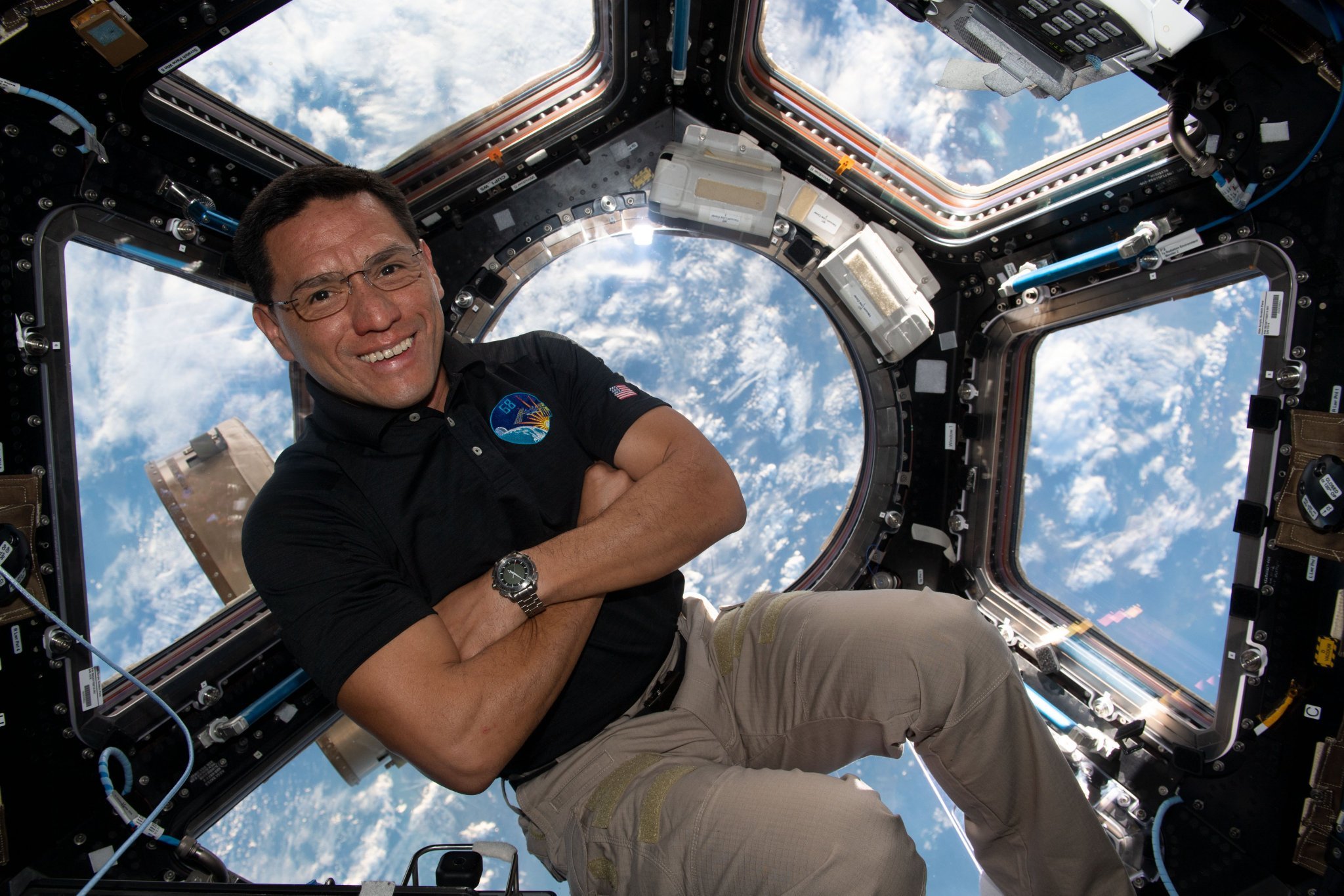
In 2022, Russia’s Soyuz capsule sprang a leak in the coolant after delivering two cosmonauts (Russian astronauts) and American astronaut Frank Rubio to the ISS.
Thankfully, all three people were delivered to Earth safely. However, it’s difficult to imagine being in that scenario, and Boeing is sure to face more embarrassing outcomes if it fails to fix the issues.
Colonel Rubio Was Forced To Months in Space
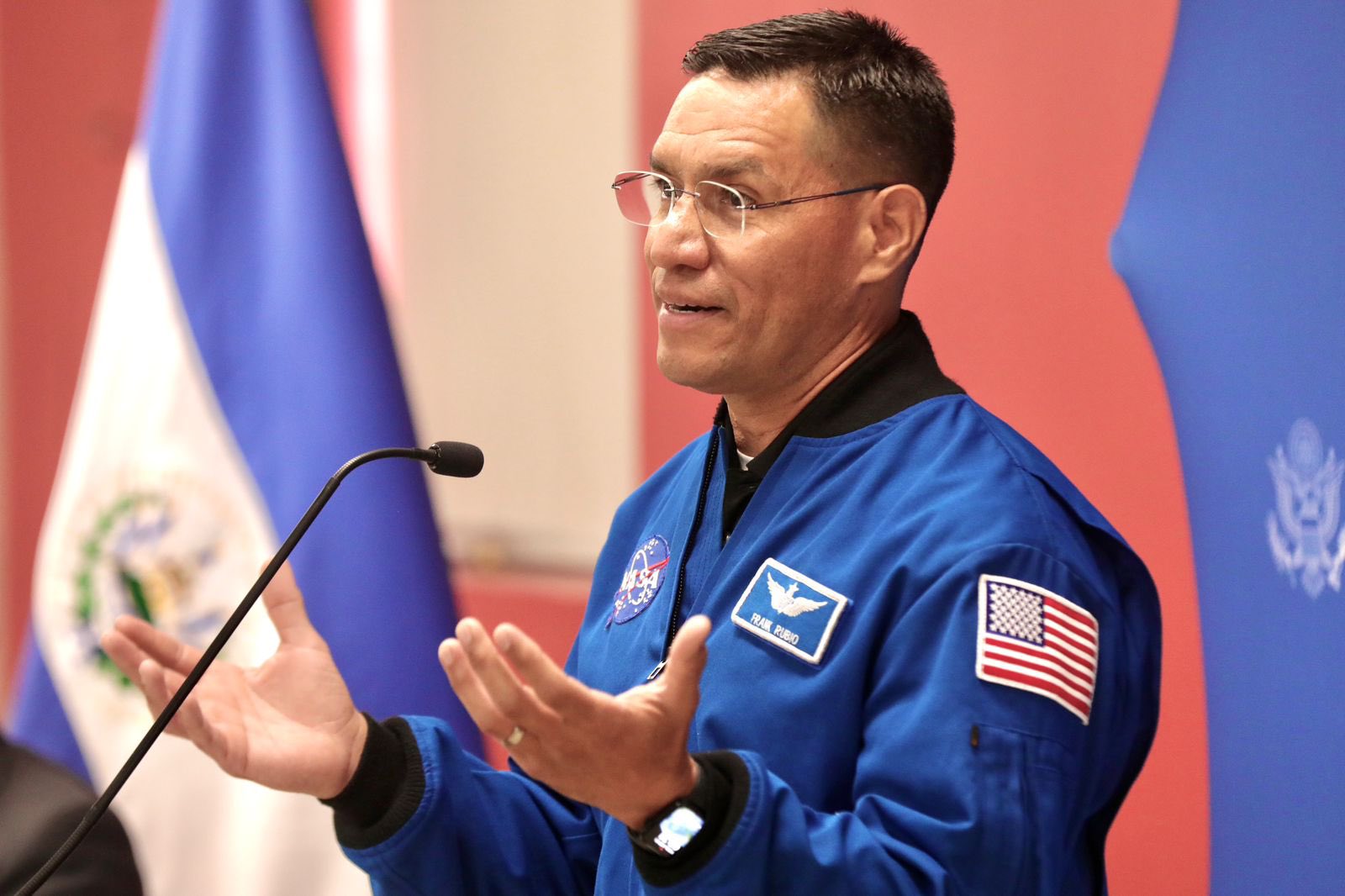
During the previous incident, NASA considered using the Crew Dragon to pick up Colonel Rubio from the ISS. However, he was able to use an empty Soyuz capsule that Russia launched as a rescue craft.
Their mission was extended by more than half a year. He spent a total of 371 days in space, a record-breaking duration for Americans in space.
Now What?
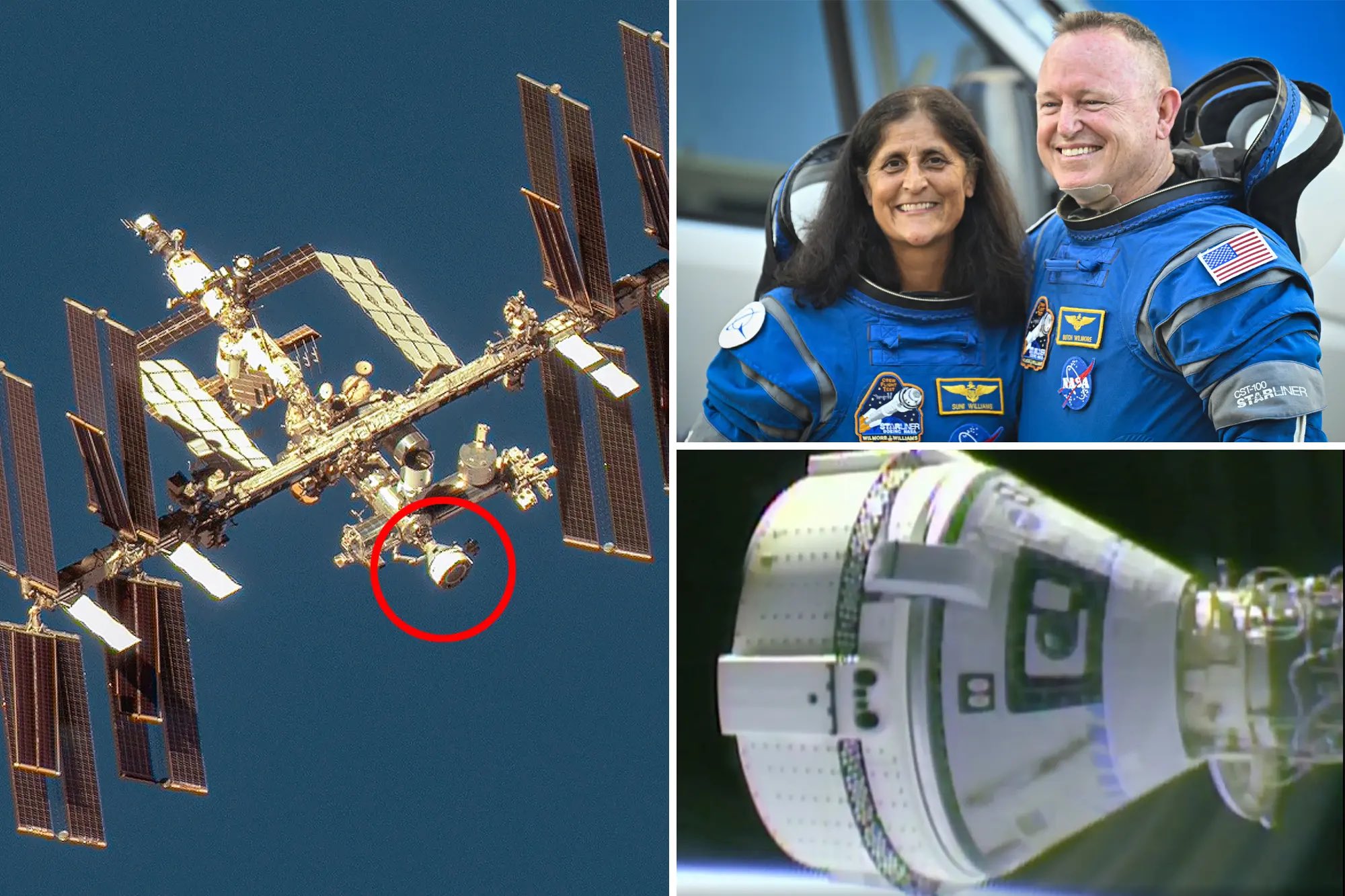
Despite feeling trapped in space, Williams and Wilmore keep calm on the ISS. They have enough food, water, and oxygen to last months in an emergency.
They’re more than likely in contact with NASA and Beoing daily to work on long-term solutions for the trip home.
No Intention to Examine Thrusters or Helium Leak Once on Earth

NASA and Boeing announced that they will not examine the thruster or investigate the helium leak when Starliner returns to Earth because they will jettison the propulsion system upon reentry.
This is why the team is researching so intensely on the ground before the astronauts return to Earth, hoping to pinpoint the problem.
The Race to Space
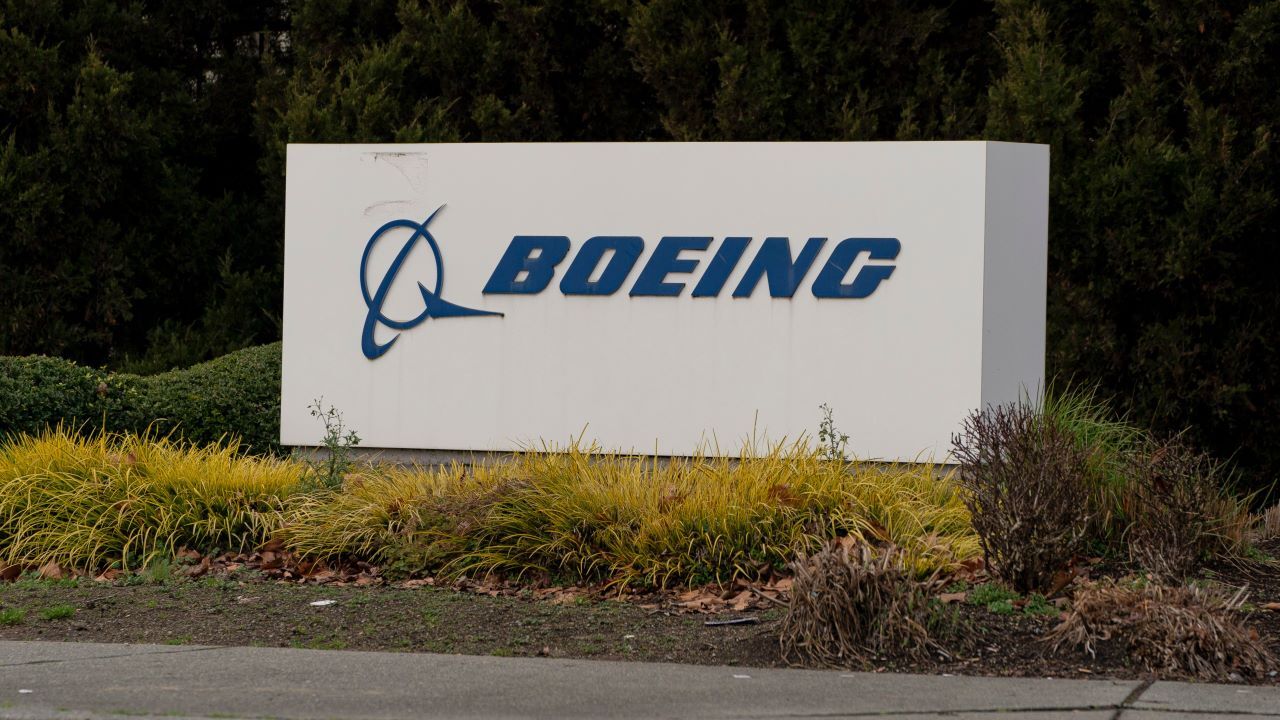
In 2014, Boeing and SpaceX received multibillion-dollar contracts to develop their projects. Since 2020, SpaceX has carried more than half a dozen crews to the ISS.
Boeing, however, has conducted two remote flights: one that failed to reach orbit and a second that docked with the orbiting lab.
Boeing Falls Behind
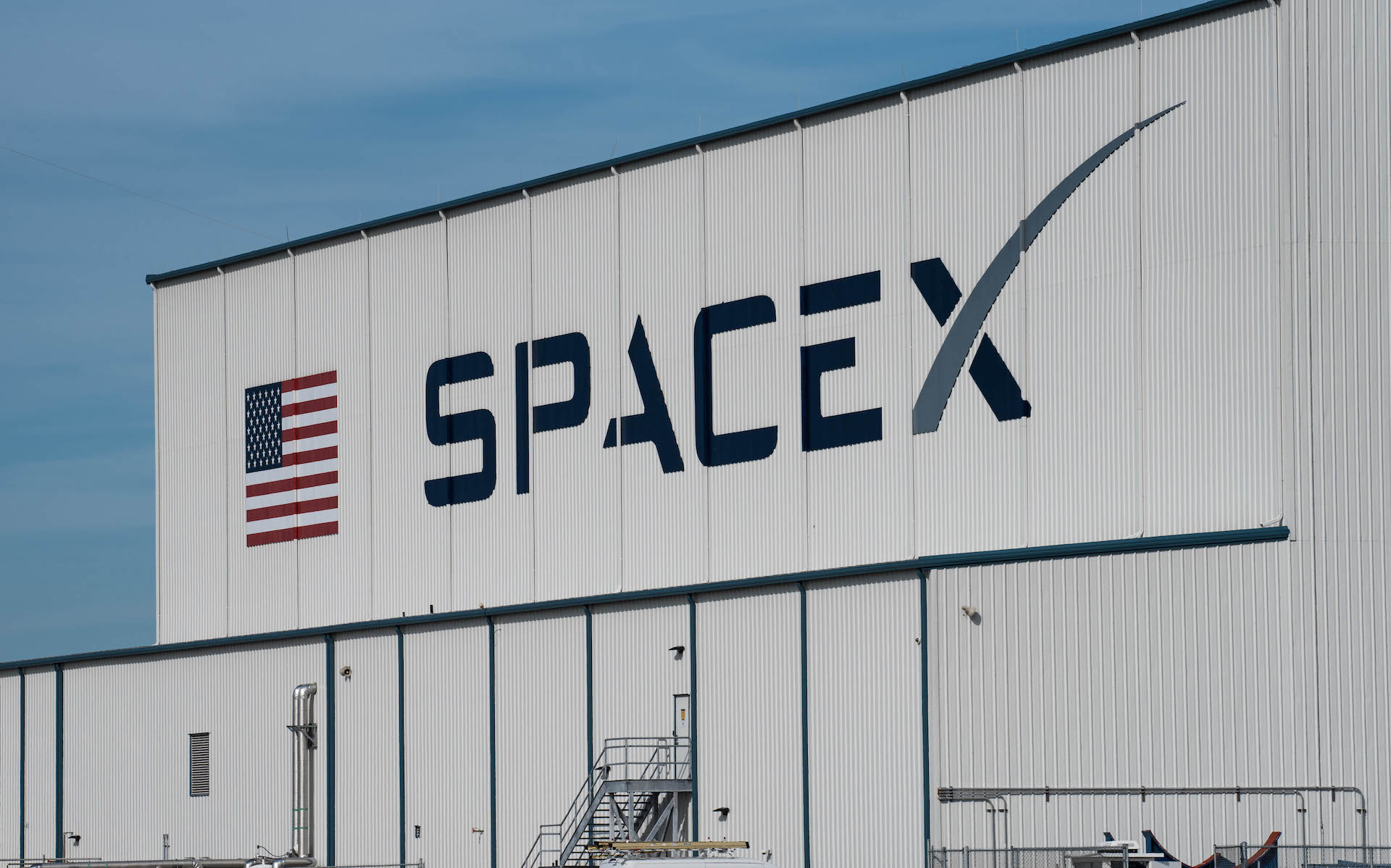
SpaceX received a NASA contract to build a spacecraft with reusable parts to deorbit the ISS so it can burn up in the atmosphere upon retirement in 2030. Meanwhile, Boeing has not received any certification from NASA, revealing cracks in their already flawed program.
If Boeing’s Starliner does get certified, the dismantling of the space station would offer several scheduled service flights.
Delays on Delays

The current mission was supposed to launch last year. However, Boeing and NASA had to replace the flammable tape used extensively in Starliner and fix the parachute system that slowed the spacecraft’s descent toward the ground.
These issues–along with several others–delayed the launch date to May 6. However, a malfunctioning valve on the Atlas V rocket caused another delay.
Boeing’s Big Trouble
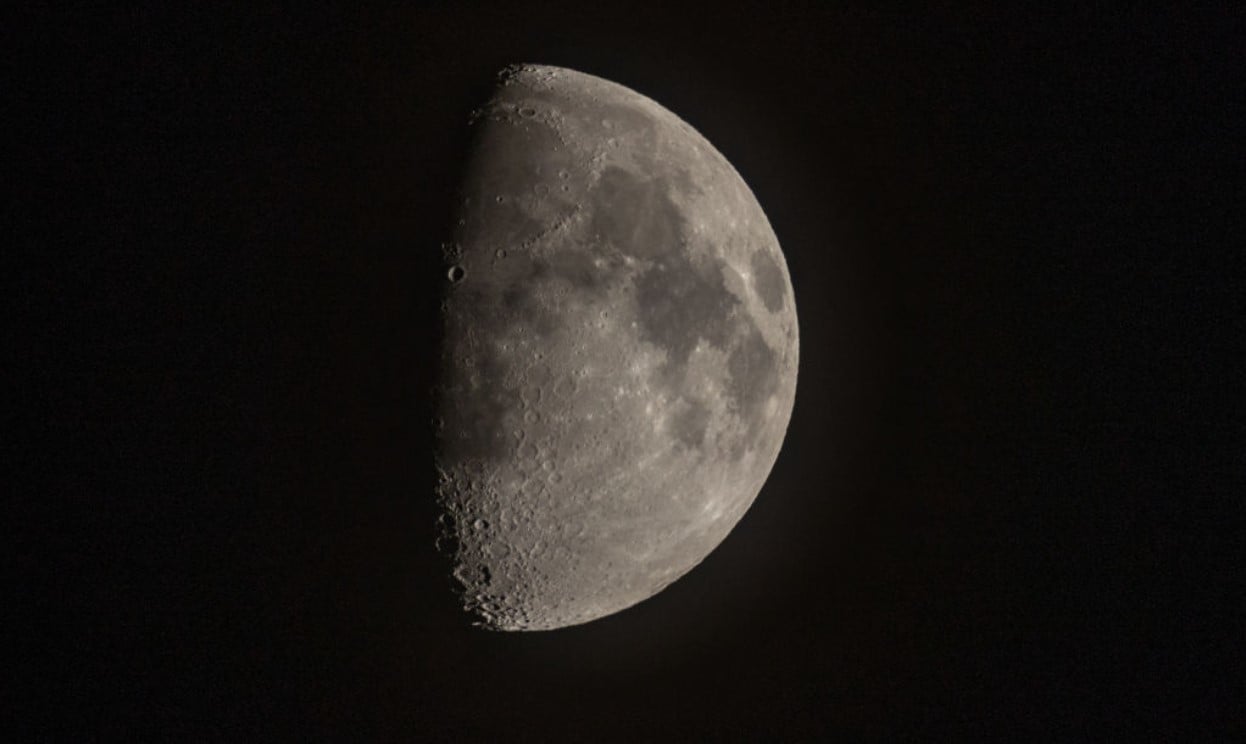
According to Phys, Boeing has absorbed nearly $1.5 billion in Starliner cost overruns, and the company expects that number to grow as it continues to deal with the fallout from the two crashes of its 737 Max 8 jets in 2018 and 2019.
According to the Associated Press, the company had considered whether or not to plead guilty to a charge of fraud over allegations that it misled regulators who approved the new, larger version of the 737.








































